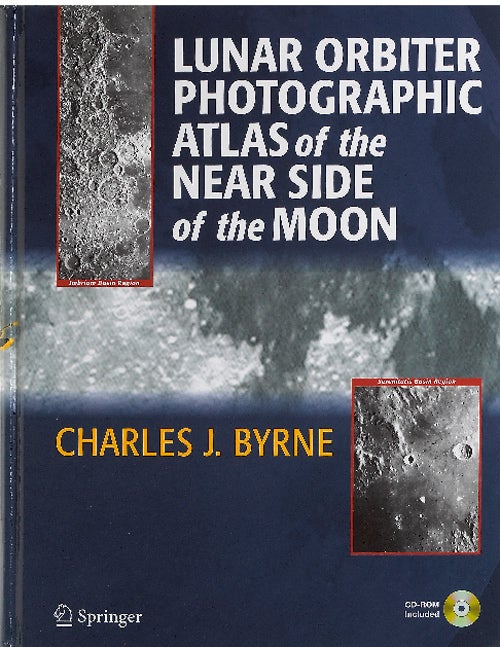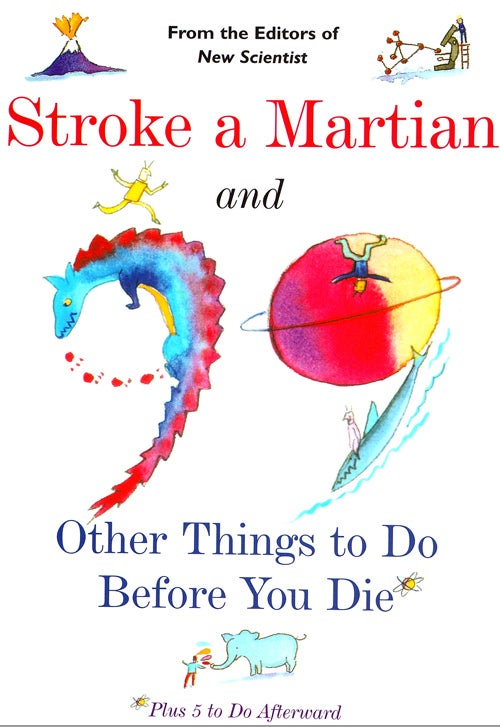Charles Laird Calia, 273 pages, Penguin Group, 2005; hardcover, $24.95
From its title, you’d assume this book is yet another month-by-month night-sky primer. But The Stargazing Year by Charles Laird Calia is much more. It’s a poem — a love song, if you will — to the wonder and beauty of the evening sky. It’s also a diary, often humorous, of his attempt to construct a backyard observatory (“building a boat in the desert,” as a neighbor wryly notes).
Like traditional night-sky primers, The Stargazing Year comprises twelve chapters describing the stars, constellations, and deep-sky wonders you’ll see each month. But Calia enriches the text with useful background information, lively historical anecdotes, and a monthly update on the progress of his observatory (he even explains the origin of modern-day nail sizes).
Running throughout The Stargazing Year is the philosophical theme of what it means to love the stars. Calia is even sympathetic to astrologers (his mother was one), noting that, like many astronomers, they seek a cosmic connection.
When you present as much factual information as Calia does, errors are inevitable. He refers to Eta (η) Ursae Majoris as the seventh-brightest star in the Great Bear — a logical assumption, since the stars in most of the constellations were traditionally labeled with Greek letters based on their brightness, and Eta is the seventh letter in the Greek alphabet. However, Greek letter designations in the Big Dipper were assigned in order of the stars’ locations, bowl to handle (Alpha to Eta). Eta Ursae Majoris is actually the constellation’s third-brightest star. In another chapter, Calia refers to Antares as the eye of Scorpius. This red-giant star represents the Scorpion’s heart.
My only real criticism of The Stargazing Year is with the illustrations — or lack thereof. Outside of hard-to-read monthly star charts and a smattering of black-and-white photos, there are none. Photos showing the development of his observatory, from original draft to finished product, would be a welcome addition. So would clear, detailed charts that point the reader to the sky wonders Calia so poetically describes. My suggestion: After reading a chapter, go outside with a red-filtered flashlight and the all-sky map from the corresponding issue of Astronomy, and view the real sky. What better “illustration” could you ask for?
It is to Calia’s credit that his narrative more than makes up for a lack of visuals. His description of the great globular cluster M13 is a case in point:
Stars peek out at the fringes, individual swaths of blue and yellow suns, as the eyepiece fills with a kaleidoscope of stars, thin tentacles and lanes that propeller from the center. In a larger telescope, the effect is almost three-dimensional. Eyes fall into it. The mind staggers to crawl out, even if it doesn’t want to.
Discussing large, high-tech telescopes versus modest backyard instruments, Calia notes: “Astronomy isn’t just about tools, I discovered, it’s also about the heart.”
It’s clear, as you read, that Charles Laird Calia is writing from the heart. The Stargazing Year should be on the bookshelf of every fan of the night sky. — Glenn Chaple
Charles J. Byrne, 329 pages (plus CD-ROM), Springer, 2005; hardcover, $79.95
In 1967, as preparation for Apollo, NASA sent Lunar Orbiter 4 to photograph the entire nearside of the Moon at high resolution. But the images (like all Lunar Orbiter photos) contained numerous artifacts from the onboard processing and transmission to Earth. Byrne, who worked on the Lunar Orbiter project, scanned a set of original prints and processed them to remove almost all of the artifacts. The result is a wonderfully detailed photographic lunar atlas, complete with feature names. The CD, an electronic version of the book, includes all the indexes and the processed JPEG images.
By the editors of New Scientist, 106 pages, Walker & Company, 2005; paperback, $7.95
What better way to experience the wonders around you than measuring the speed of light using chocolate. Not a fan of chocolate? Here’s another idea: Visit a particle detector and take in huge scientific laboratories. This book is for anyone who has ever complained of being bored. With 99 activities to make you appreciate the world, there’s something for everyone. And, if you need an idea for what to do afterwards, this book includes five. You can even turn your ashes into a diamond.












